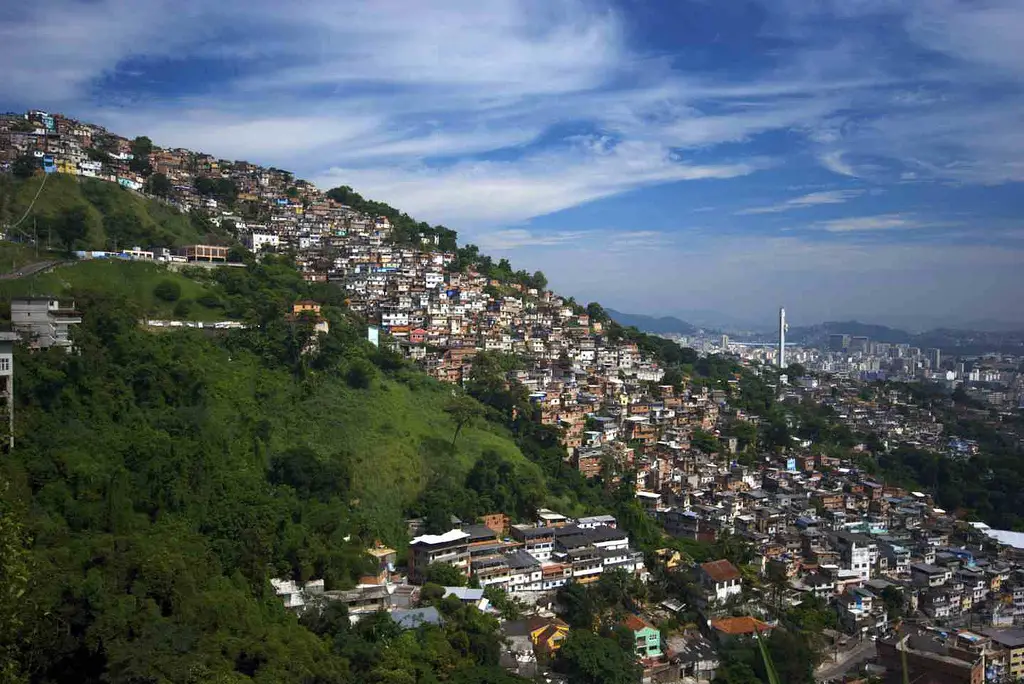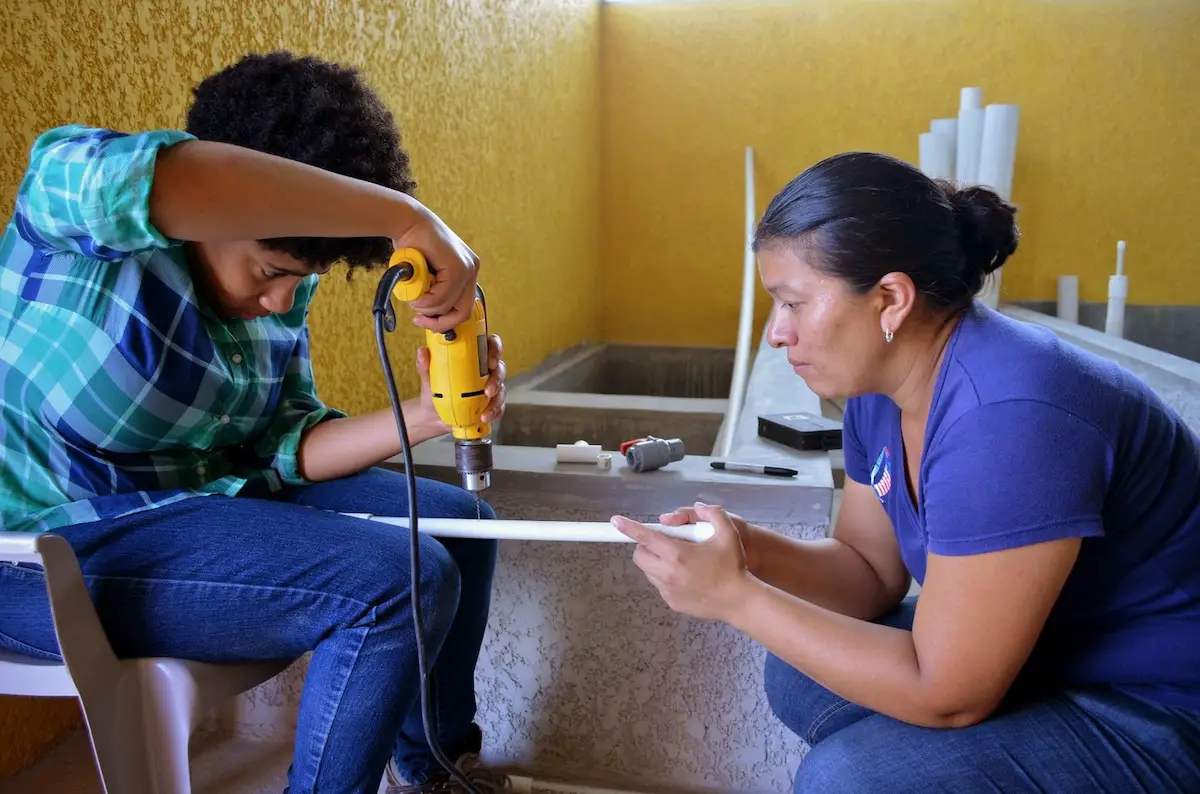How Google Earth is Helping Create an Urban Agriculture Inventory in Rome
Urban agriculture (UA) has been credited for numerous positive effects in cities, such as access to fresh food, agro-biodiversity and as a contributor to improved social and cultural relationships. Like many other regions, urban agricultural activities are spreading in the city of Rome, but few attempts have been made to inventory the UA areas (e.g. community gardens, residential gardens, school gardens, informal vegetable gardens, urban farms, etc.) Some mapping attempts have been carried out, but to date all have lacked a well-established methodology for generating a complete inventory.
Researchers from the National Institute of Agricultural Economics (INEA) have recently developed a methodology for mapping cultivated parcels of land in the city supported by photointerpretation, harnessing the features of web-mapping services such as Google Earth, Google Maps and Microsoft Bing Maps. Google Earth has been used as basic tool for visual interpretation and polygon digitalization, while other services have been used for their additional features to support the cultivated plots detection (for example, the oblique view of Microsoft Bing Maps).
In addition, all the ancillary data available in the area has been integrated with the web-mapping services to improve the UA sites detection, offering the opportunity to define both the land cover and, in some cases, the land use. The assessment accuracy of the geodatabase is based both on a physical field check and a “virtual field check” realized with the analysis of Google Street View images. The digital approach enables a result in cost and time required to catalog a huge metropolitan area.

Community garden located nearby a residential area. Cultivated plots are separated by a stream corridor and uncultivated patches (Arundo donax). Image credit: Giuseppe Pulighe, 2014.
A similar approach has been successfully carried out in Chicago, demonstrating the usefulness of Google Earth for spotting cultivated areas in an urban context compared to the automatic or semi-automatic processing techniques for remotely sensed imagery.
The current version of the database contains more than 4,000 polygons with a total cultivated area of 400 hectares spread over a total surface of about 350,000 hectares. Polygons were detected by interpreting the very high resolution images of Google Earth for two distinct years (2007 and 2013) allowing further analysis on the temporal evolution of the phenomenon. For example, the results of the diachronic analysis show a strong increase in the number of residential gardens (+13%) and the relative farmed area (+2 hectares).
An approach based on the integration of web-mapping services for building urban agricultural land use datasets is cost-effective compared to processing commercial remote sensing images. The inventory can enable administrators to perform analysis about the interactions between agricultural activities and the urban environment, potentially resulting in the enacting of informed policies for green and vacant urban space management.


